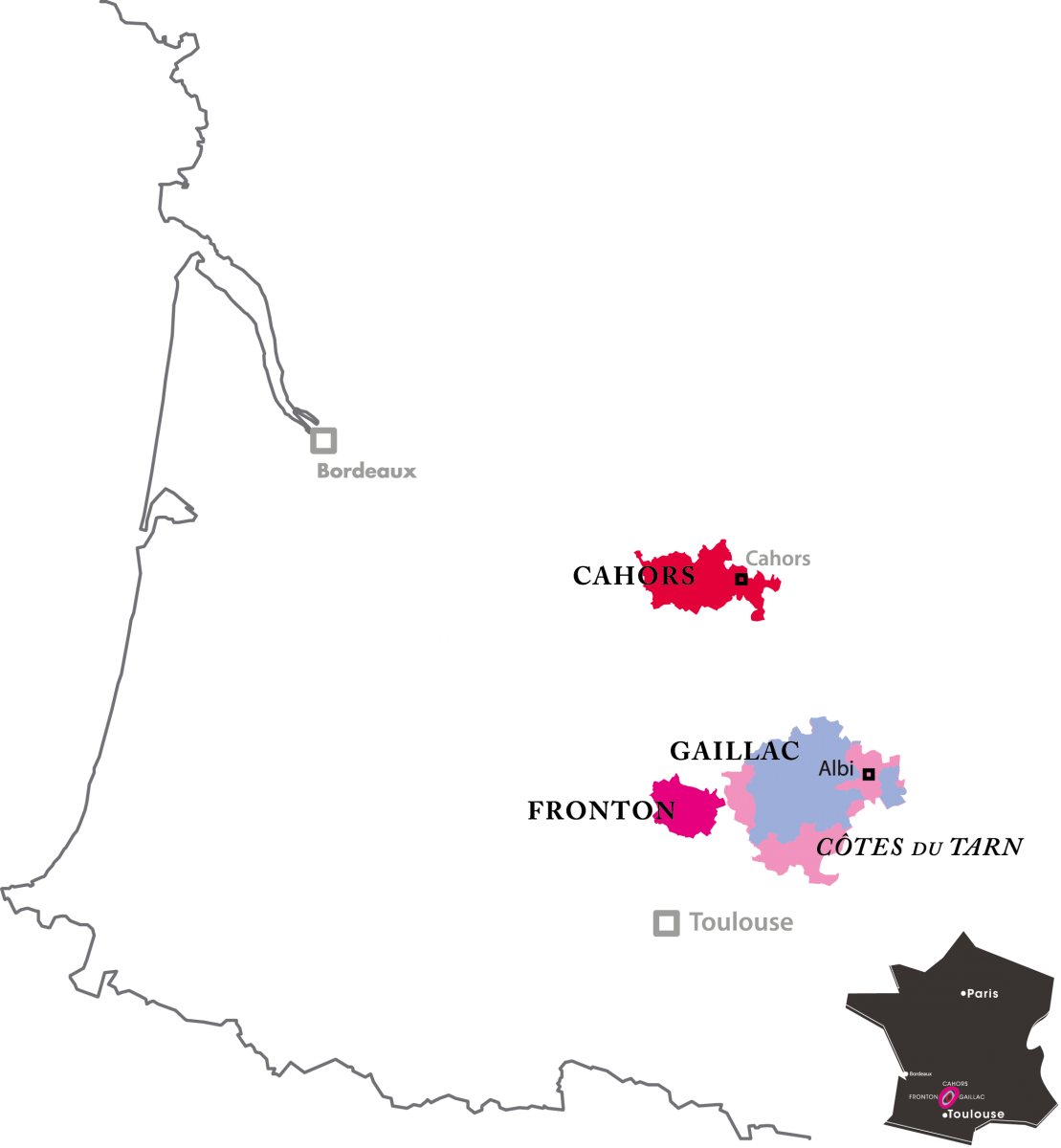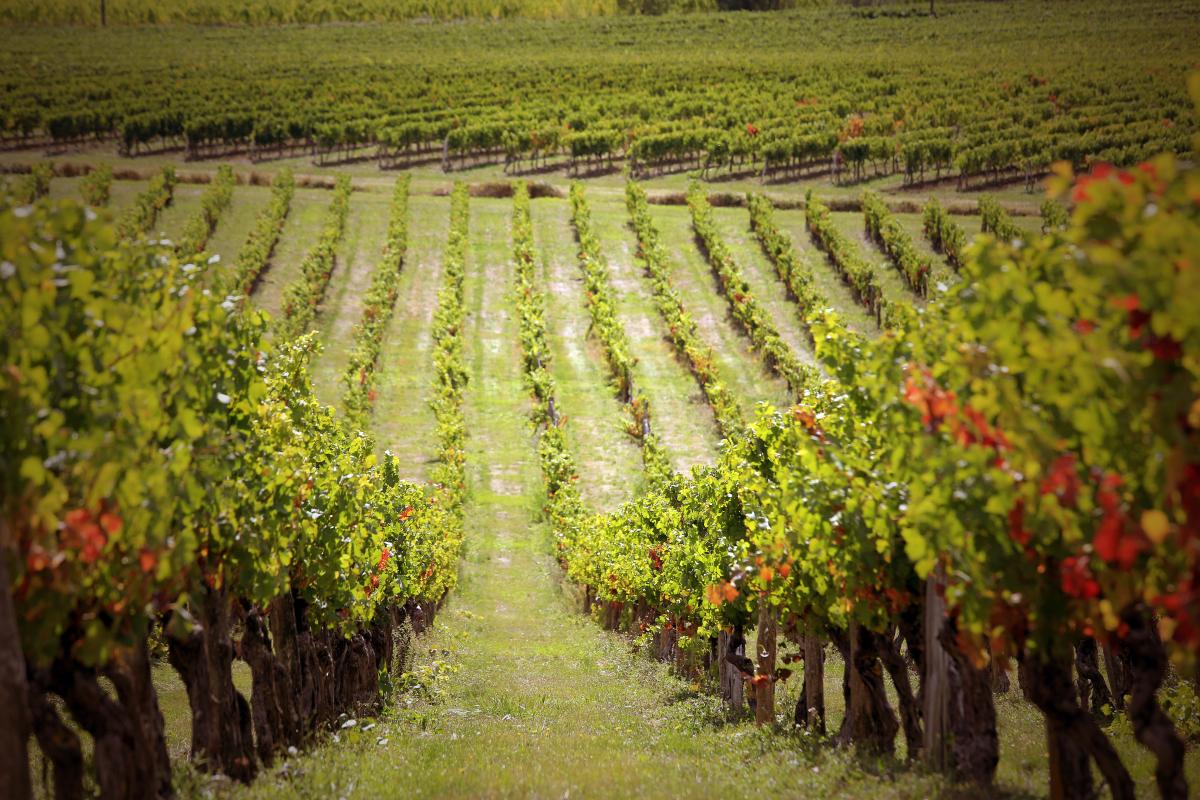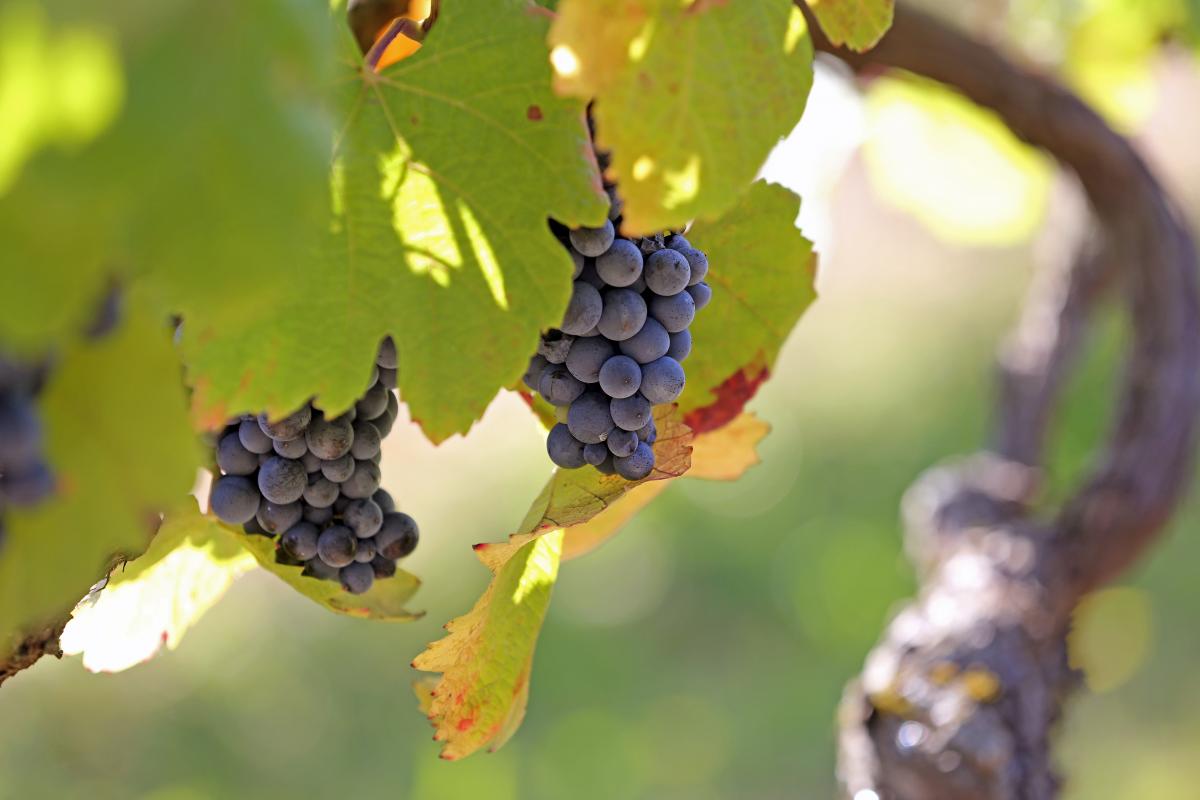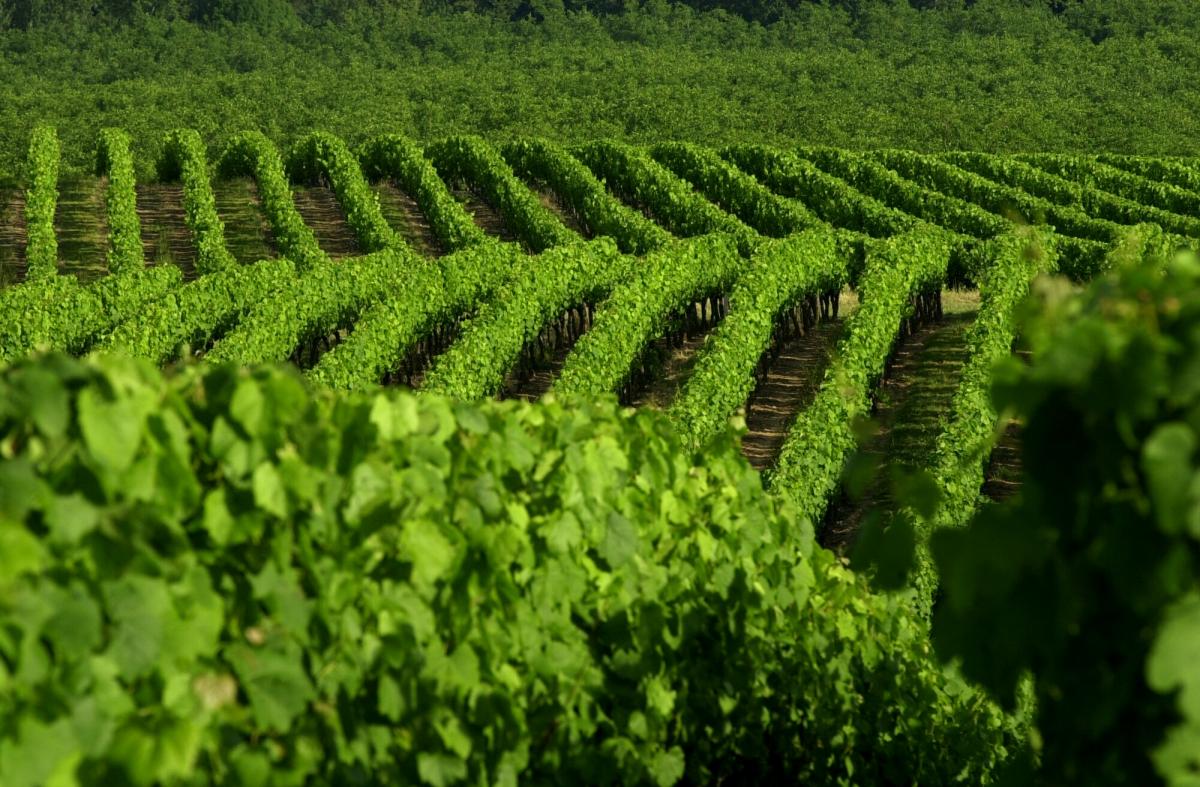The art of wine-growing
Our artisans’ talents lie in knowing how to listen to the earth and protect it to produce the best fruit. Passionate and demanding, we stand out from the crowd thanks to the diversity of our three wine-growing regions, encompassing the best that South-West France has to offer. Protecting and maintaining our land using cultivation and technical practices that respect the environment has been a cornerstone of our Quality Policy for many years.
__________

Gaillac
Discover... a diverse wine-growing region.

The wine-growers of Rabastens and Técou share the rich and varied soils of the Gaillac wine-growing region, made up of terraces on the left bank (pebbles, sand and gravel), slopes on the right bank (clay and limestone) and the Cordes Plateau (active limestone). The wine is aged in barrels in the Técou cellar, the first in the Gaillac region to experiment with maturing in casks. One hundred and sixty wine-growers cultivate 1,900 ha of south-facing vines, made up of terroirs on both banks of the Tarn. The alluvial terraces and gravel soil are mainly used for producing red wine, and the clay and limestone soils are used for the whites. The Gaillac wine-growing region is also renowned for its rich history and native grape varieties. Red grape varieties: Braucol (or Fer Servadou), Duras and Prunelart. White grape varieties: Mauzac, Loin de L’œil, Ondenc and Verdanel. A final point of note about the Gaillac wine-growing region: it is one of the only regions to produce seven different types of wine, which gives wine-growers an incredibly rich scope - red, white, rosé, sweet, semi-sparkling, sparkling and en-primeur. The Gaillac wine-growing region, with its 2,000 years of history, is one of the oldest wine-growing regions in France. In fact, in this region wine is an art form that goes back as far as the 4th century BC. Located in South-West France in the heart of the Midi-Pyrénées region, Gaillac is a member of the large “Vins du Sud-Ouest” family, which includes 17 AOP and 12 IGP. It is located in the golden triangle along with the episcopal city of Albi, world heritage listed by UNESCO; Toulouse, European capital of the aeronautical and space industry; and Cordes, elected France's favourite village in 2014.
Fronton
Discover... Négrette, a grape variety unique in the world.

Located in South-West France only 30 km from Toulouse, the Fronton wine-growing region encompasses twenty communes. Nine hundred hectares of vines, mainly composed of terraces and boulbenes soil between the Tarn and Garonne rivers, are divided among 120 wine-growers. The Fronton wine-growing region with its 2,000 years of history was established in the Gallo-Roman era. The soil produces exceptional wines and the people of Toulouse are their biggest fans. Brought over from Cyprus, the native Négrette grape variety has given this region its reputation. Its distinctiveness lies in its intense colour, which can also be seen in its wines. The Fronton wine-growers have opted for originality by choosing to grow the Négrette grape variety, as it is unique in the world. However, other grape varieties are also grown in the region including Cabernet Franc, Cabernet Sauvignon and Syrah (Négrette's loyal companion). As the only appellation to claim this grape variety (which produces such elegant and aromatic wines) as their own, the wine-growers put their heart and soul into making sure their wines are of the highest quality.
Cahors
Discover... the birthplace of Malbec.

The Cahors wine-growing region extends to 4,000 ha of vines in the Lot Valley. The vine arrived in Quercy 2,000 years ago, at the time of the Roman conquests. Although its history is unknown, archaeology can tell us more about this chapter in the years that followed. Malbec is the iconic grape of Cahors, well-known throughout the world and the reason why this wine-growing region is so reputed. However, it almost vanished from its home soil after the phylloxera disaster of 1876. In 1947, a handful of men pooled their efforts and their willingness to develop this wine-growing area decimated by phylloxera, leading to the creation of the Cahors cooperative cellar. An experimental grapevine was created, the cellar worked on “quality production” and the entire appellation was rewarded with VDQS classification in 1951 followed by prestigious AOC classification in 1971. So, the exceptional wine-growing region of Cahors owes its success to the work done to preserve its local grape variety, Malbec, producing wines that are unique in the world.
